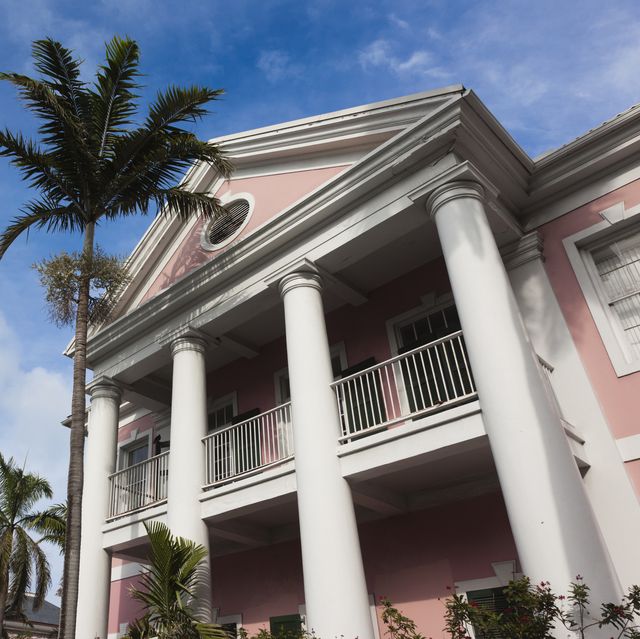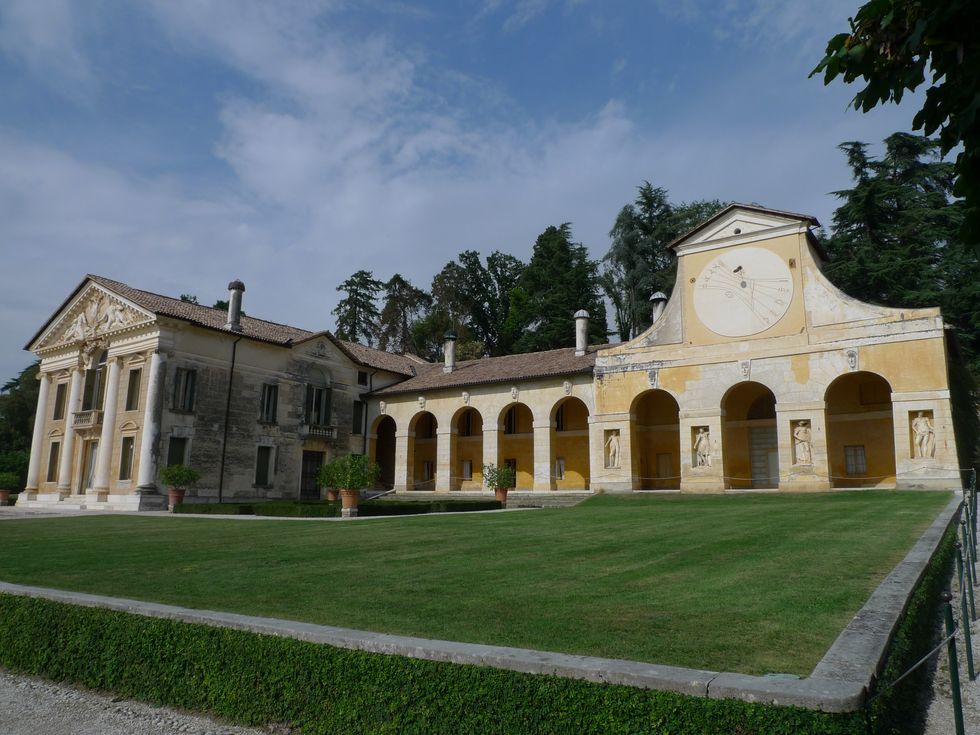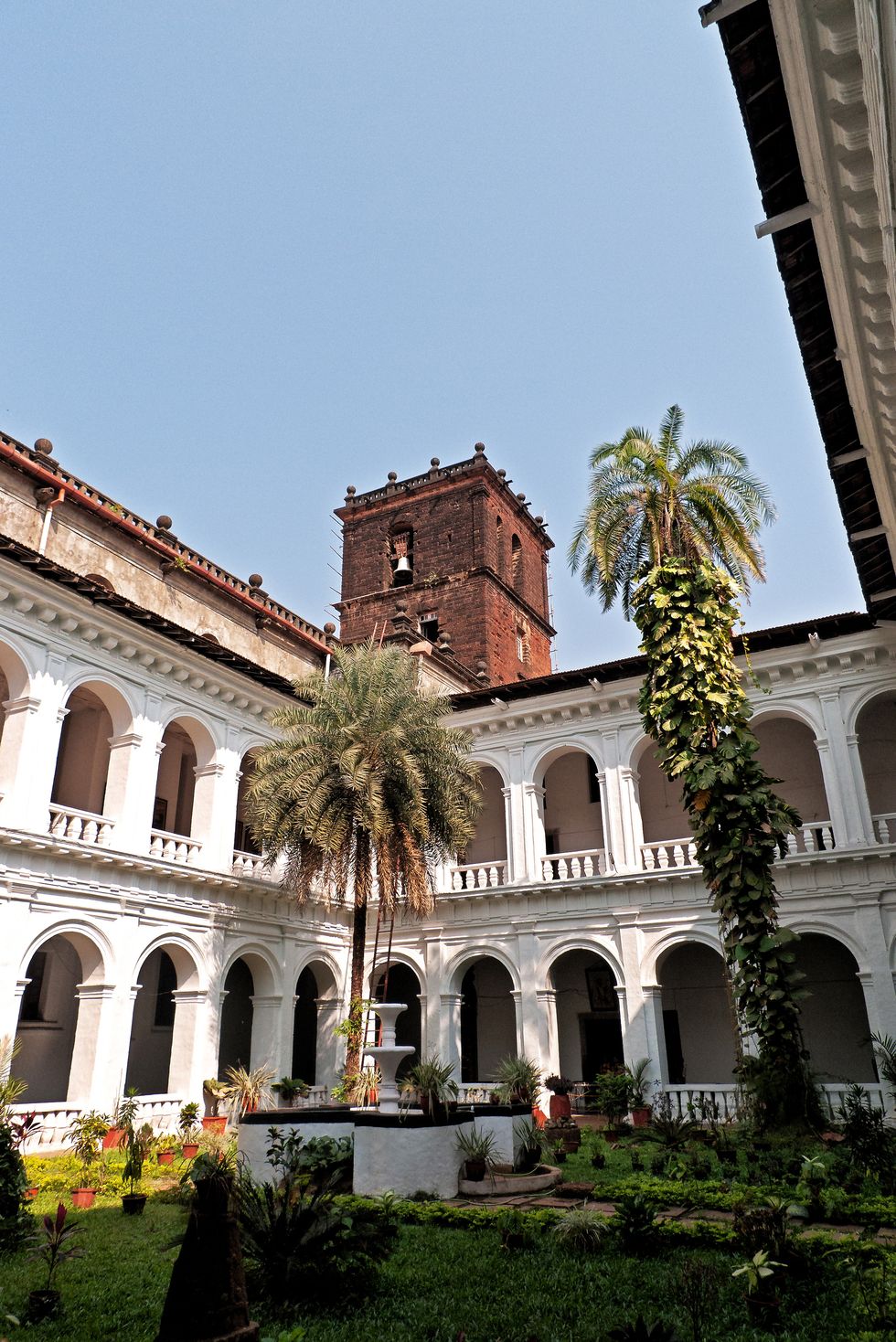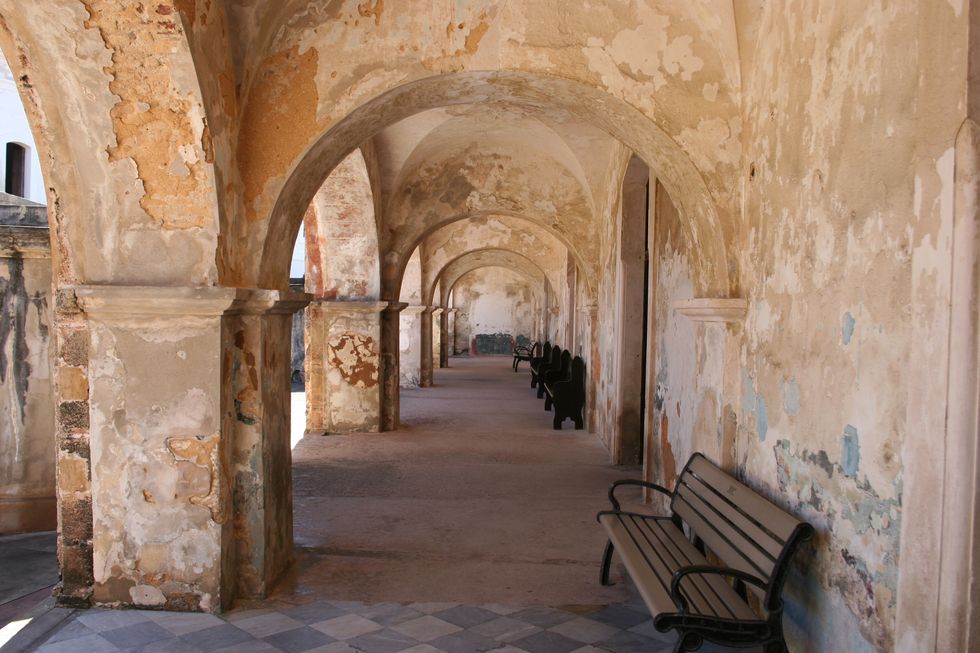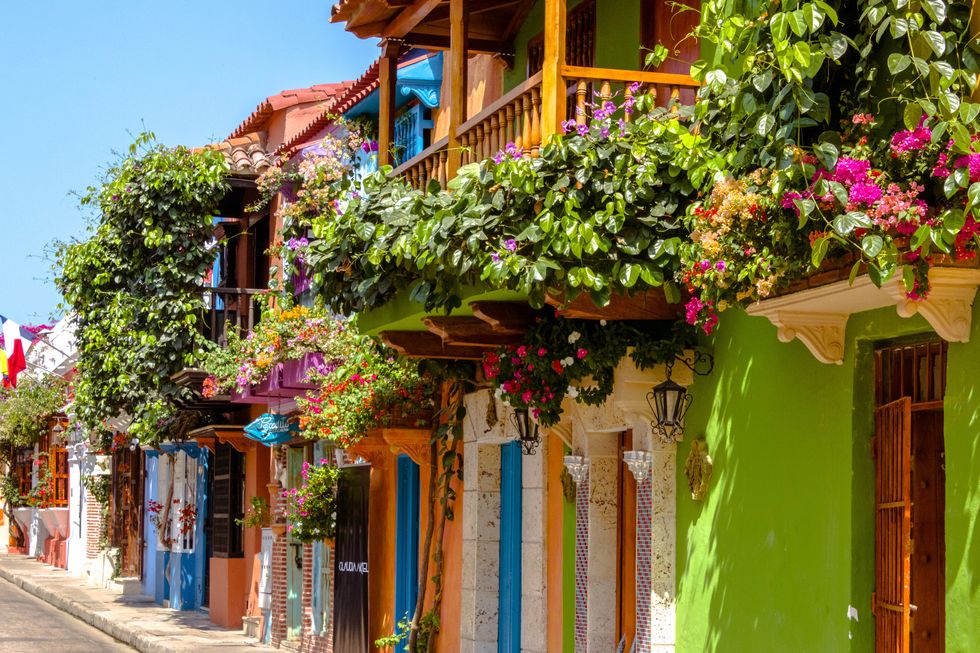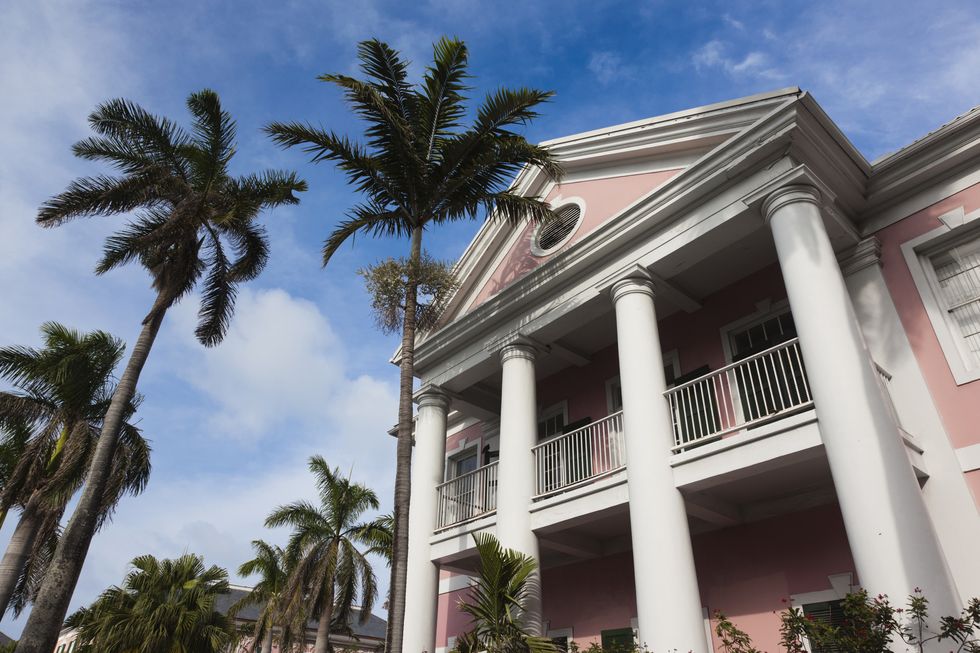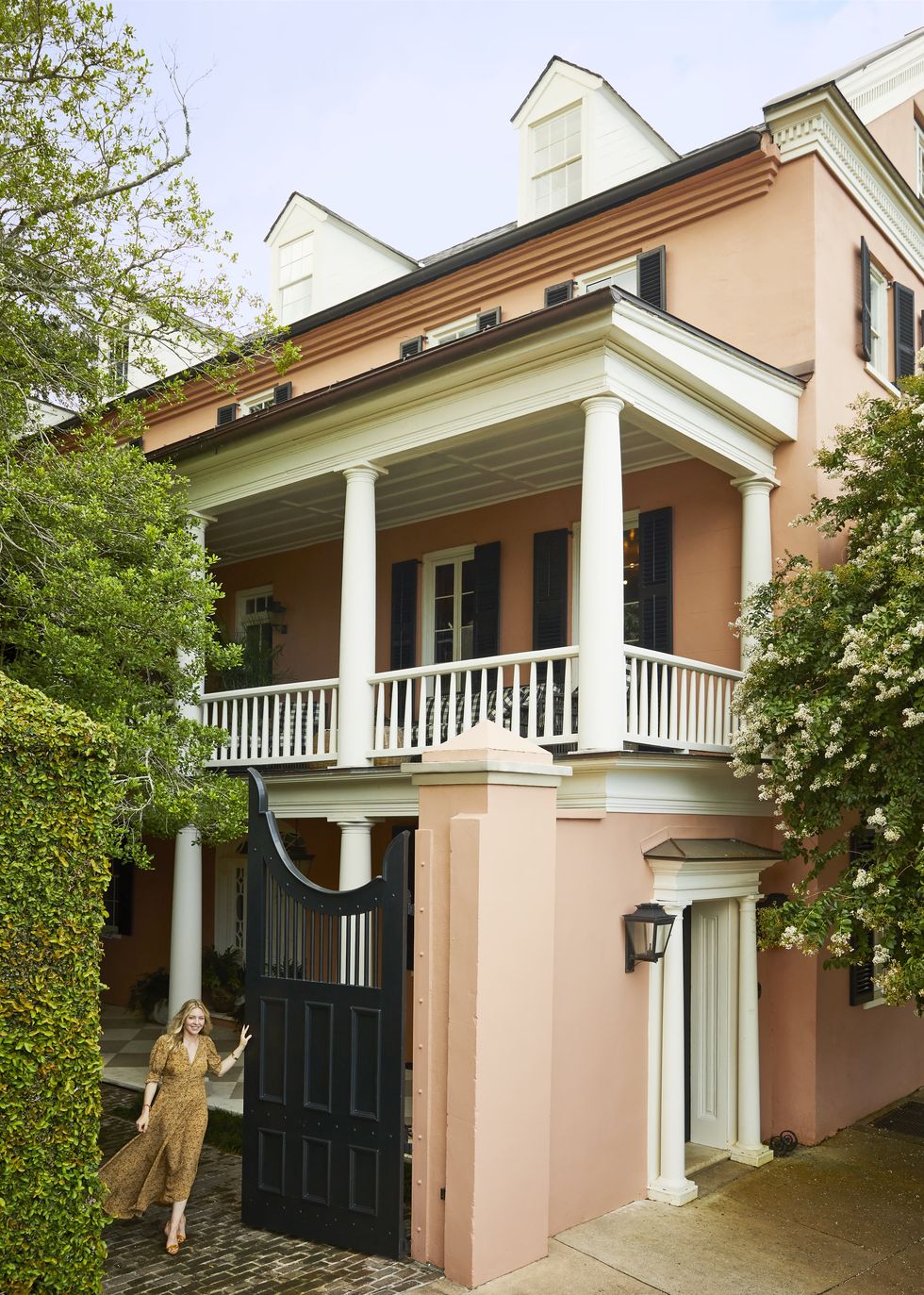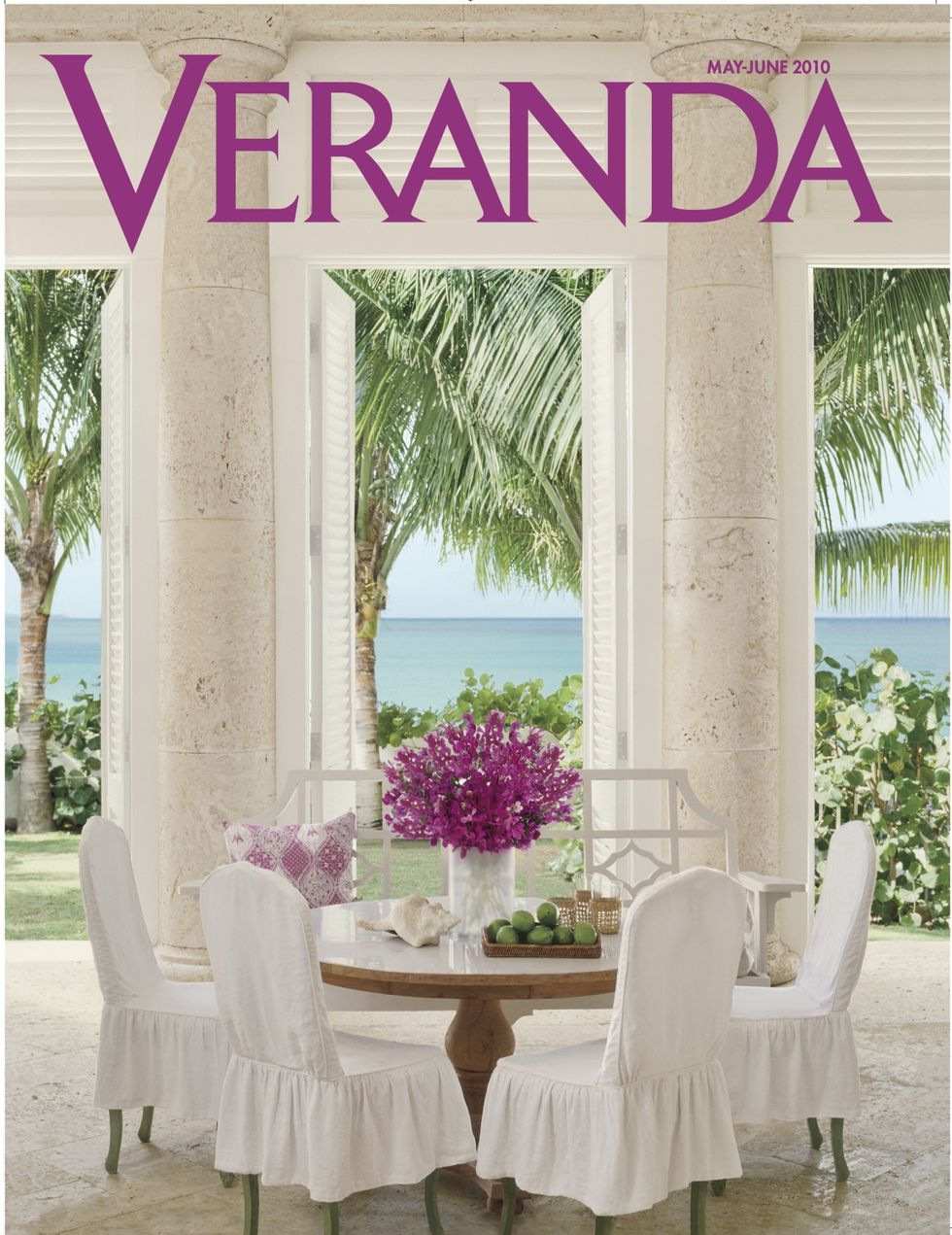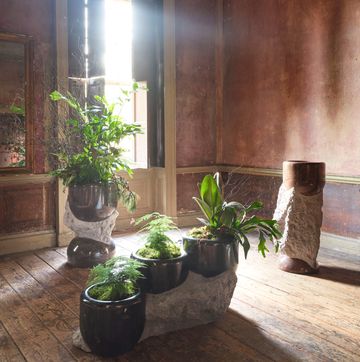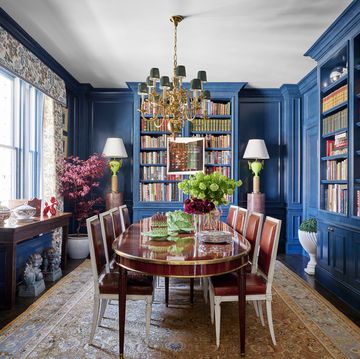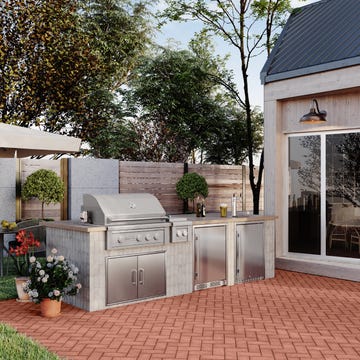What Are Verandas, and How Are They Different from Porches?
Learn how tropical weather, pirates, and global influences helped shape the outdoor space we know today.
Though similar in nature and in function, the veranda’s persona is much more romantic than that of its cousin, the porch. But why? For starters, a true veranda is cooler by design (literally): A defining characteristic of a veranda is that is open on three sides to allow for maximum circulation. To chart the course of the veranda, we consulted with architect Teofilo Victoria of de La Guardia Victoria Architects and Urbanists Inc. (and a VERANDA May-June 2010 cover model!) who helped highlight the twists and turns of the intriguing outdoor space.
First, what is a veranda?
The etymology of the word fascinates and mirrors the trade winds that shaped the veranda’s nature. To paraphrase the Merriam-Webster definition: The word itself comes from the Indo-Portugese word “varanda” likely borrowed from the Hindi and Urdu word “baranda” meaning “roofed gallery.” This connection between the Portuguese shipping routes and Southern India certainly helped familiarize Europeans with how to live well in hot and humid climates, but the veranda’s surge in popularity in the Western world squarely traces back to one enterprising British architect working in the late 16th and early 17th century: Inigo Jones (any and all classic designphiles should have his work bookmarked by now).
The British architect toured Italy and fell for the highly symmetrical, welcoming villas by Andrea Palladio and brought those influences to his latest project Covent Garden via the piazza and arcade behind which he tucked some of London’s poshest homes. The undulating rhythm of the columns and the openness of the architecture skyrocketed to popularity in England, paving the way for Edwardian and Georgian eras of classic architecture. During this same period, the Spanish and English discovered the sugar and coffee riches of the Caribbean islands. Both countries went on building sprees to stake their claims in these tropical destinations. For protection against invading pirates, Hispanic cities like San Juan, Puerto Rico and Cartagena, Colombia relied on their old-world methods designing buildings inward where life revolved around courtyards and verandas as a private retreat. Thus, a veranda hidden away from site evokes more mystery than a more publicly accessible porch.
Slightly north of the Caribbean, the fledgling-turned-mighty 13 colonies were beginning to take hold and another building boom far from Europe took off. Architects, an ocean away, sent pattern books rife with Covent Garden references to the colonies, forming the classical vocabulary of American architecture. Porches, piazzas, galleys, and verandas played a particularly strong role in the original architecture of Charleston, South Carolina—a highly influential city with deep British roots that went on to impact much of the Southeastern United States. A lifestyle evolved around the veranda. How could it not? Verandas became synonymous with warm weather, a place to take refuge under great architecture flecked with the influences of Italy, India, Portugal, Spain, England, the Caribbean, the melting pot of the United States—and, eventually, a leading design publication.
Here, a look at some of our favorite verandas from around the world.
Watch Next

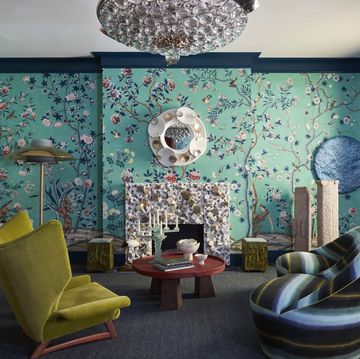
7 Design Trends We Love from Kips Bay New York
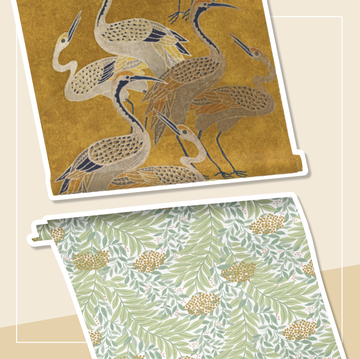
The 21 Best Online Sources for Beautiful Wallpaper
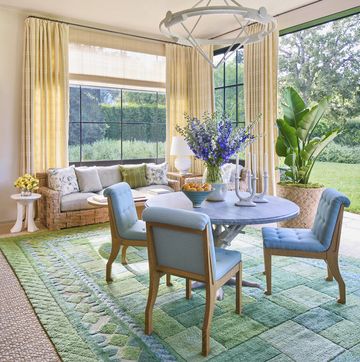
The Most Sophisticated Sunroom Ever Designed

5 Easy Tips for Living More Sustainably at Home
